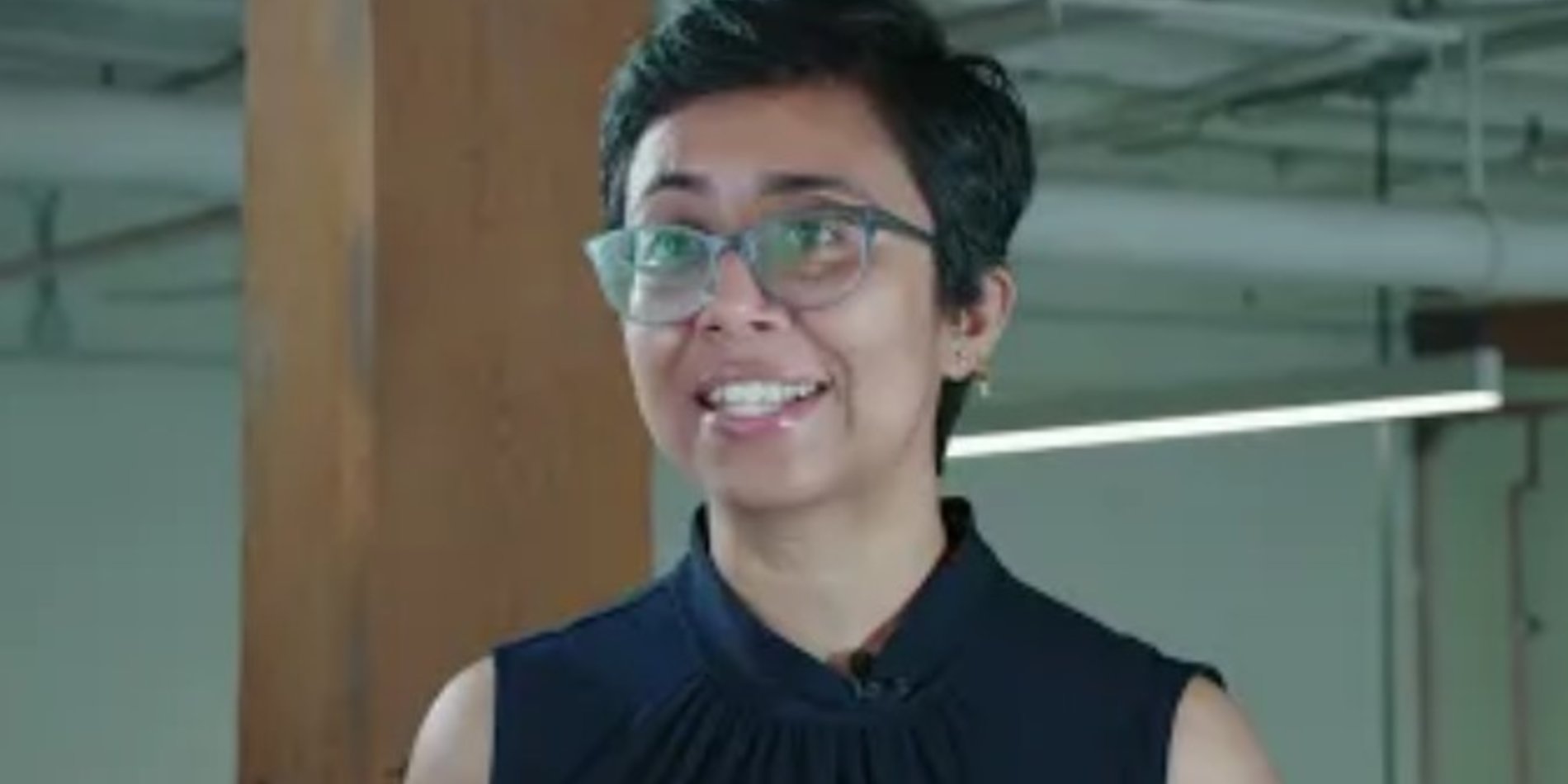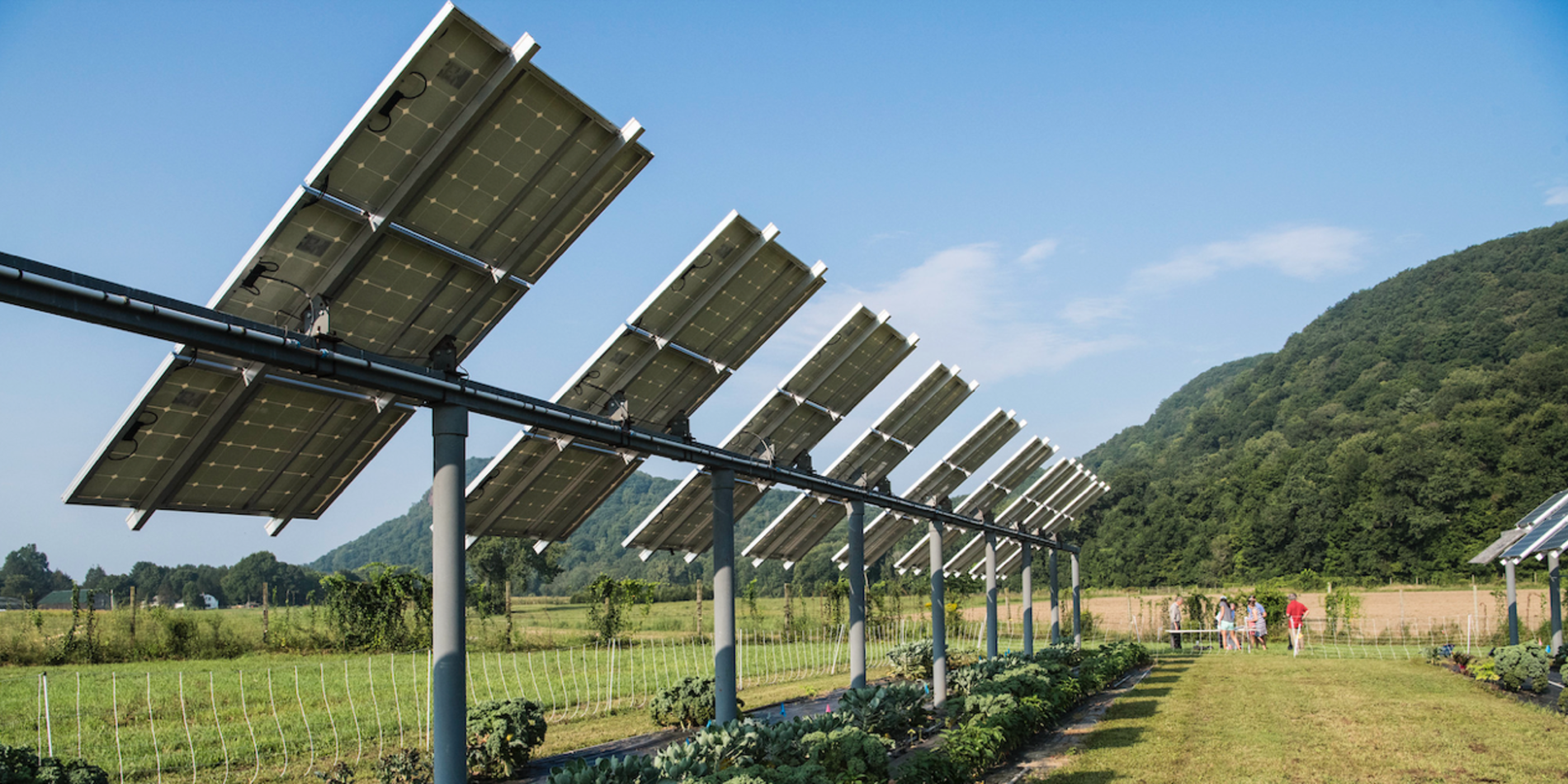Catching Lightning in a Bottle
Many technologies and manufacturing processes require power at high voltages. By providing this jolt of electricity more efficiently and with a smaller payload, numerous manufacturers could attain a competitive advantage—and a startup with ties to Stanford is betting that is just the beginning.
“We are working to disrupt the high-voltage power supplies market,” says Johan Andreasson, PhD ’13, one of four co-founders of Airity Technologies, a venture now based in Redwood City. “In five years, we hope to drive a dramatic shift in performance.”
Andreasson is quick to explain consumer electronics is not the first target market for the company’s proprietary circuitry, but he believes the technology could become ubiquitous in high-tech sectors in the future. Further, he sees better power supplies as the bridge to inventions not yet dreamed up, whole categories of new applications for mobility and energy systems.
It’s no accident that the company is called Airity Technologies—plural—as the end uses are numerous. Basically, any system that requires high-voltage or high-frequency power conversion can benefit from smaller, cheaper, faster, or more efficient power supplies. Most notably:
- Semiconductor: More compact power supplies would improve semiconductor and display manufacturing and processing equipment.
- Aerospace: Higher voltages in smaller packages are also attractive to helicopter, airplane, and drone manufacturers looking for lightweight power to keep their vehicles aloft.
- Biotech: Dense power could shrink an x-ray machine from a room-sized unit to a handheld one; it could also allow portable applications for cold plasma, with uses for wound healing and sterilization in the field.
“I’ve always been interested in the application side of things. So, from the very beginning, when the breakthrough of technology came, we started to think about where it could make a difference,” says co-founder Luke Raymond, PhD ’13.
The project first took shape in the lab of assistant professor Juan Rivas-Davila, where Raymond was researching power conversion for his PhD, studying new approaches for amplifying one voltage to a higher one.
Professor Rivas-Davila likes to use the analogy that traditional technology moves electricity in big buckets, so to speak, one heavy scoop at a time. The idea behind the innovation was to transfer the same amount of energy using resonant switching converters and novel circuit techniques, trading in the metaphorical bucket for spoons that move at lightning speed. The resulting design is far more compact and powerful.
It was a major breakthrough. As Andreasson puts it: “Luke Raymond and Professor Rivas-Davila are world experts in high-voltage power electronics.”
Meanwhile Andreasson was completing his doctorate on plasma generation, collaborating closely with Rod Boswell, professor of plasma physics at Australian National University. In 2015, mutual friends introduced him to Raymond and his colleague Wei Liang, PhD ’18, who were already moving the research in an entrepreneurial direction. Soon Airity came to life.

“Right now, we are a self-funded company,” says Andreasson. “We have seven full-time employees and seven part-time employees, so it is quite a crowd.”
But it hadn’t always been that way.
Innovation Transfer grant funding from the TomKat Center for Sustainable Energy, together with funding from the National Science Foundation, allowed them to build out the concept and test it with real-life scenarios. Participation in an internship program also helped.
“The TomKat Center intern program was instrumental to building the company and bringing it to where it is now,” says Raymond.
When asked what the best part of building Airity Technologies over the past four years has been, they say it’s the daily innovation—doing what has never been done before. And the hardest part?
“It’s the same,” says Andreasson, wryly.




